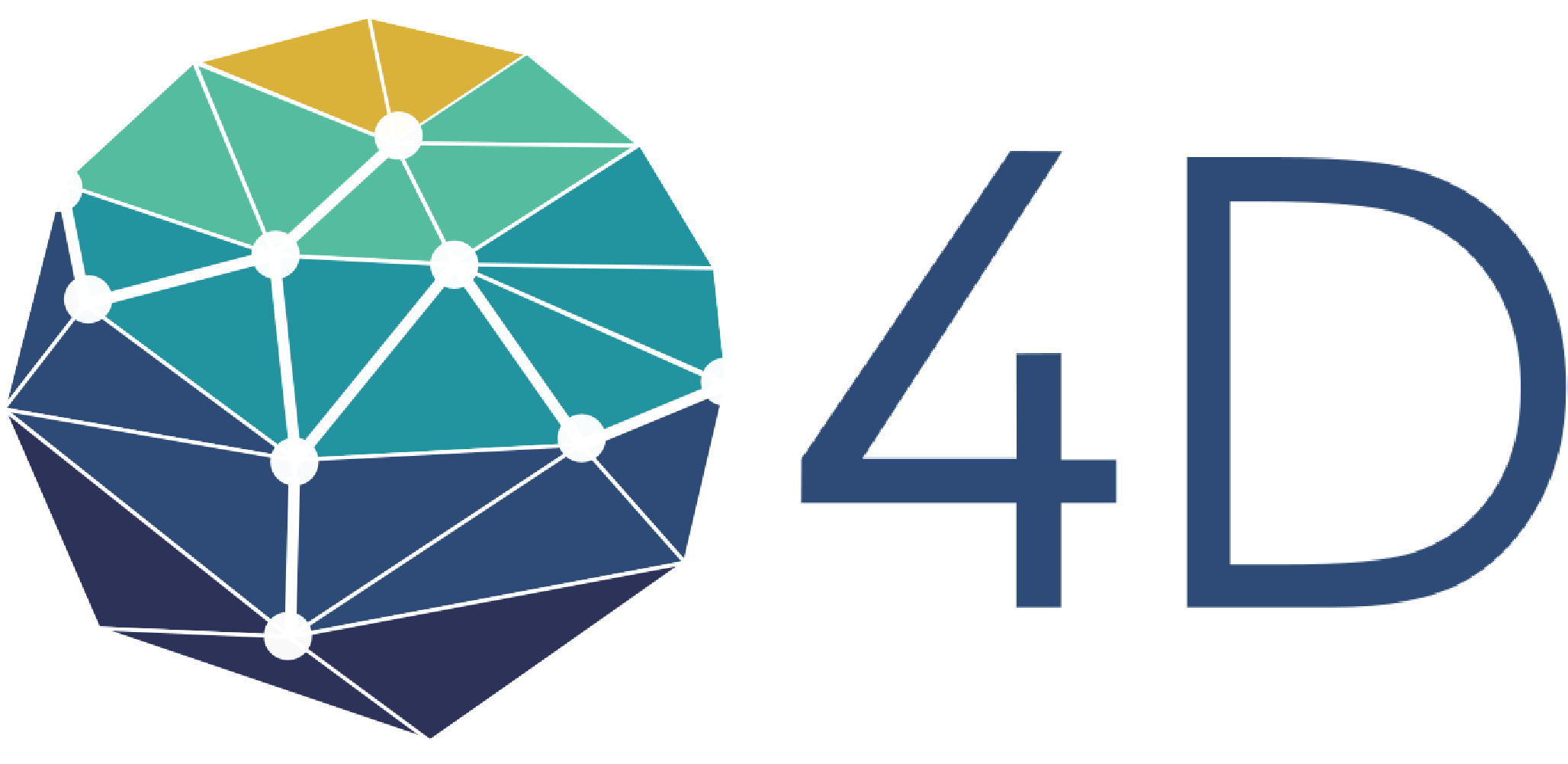
The 4D Workshop was convened from June 4-6, 2018 in Washington DC thanks to generous support from the Alfred P. Sloan Foundation, NASA, the Keck Foundation, the Earth Life Science Institute (Japan), the Carnegie Institution for Science, the Templeton Foundation, and others. Our objective was to explore ways to advance our understanding of Earth’s complex co-evolving geosphere and biosphere through the collection, analysis, and visualization of large and growing data resources.
For centuries, humans have pursued the story of Earth—its hotly debated past, its dynamic present, and its uncertain future. We capture glimpses of that narrative through the collection and analysis of diverse deep-time data from numerous and often disparate disciplines, each providing a fragment of the complex epic. Efforts to integrate insights on the evolving geosphere and biosphere have been hampered by the wide range of disciplines in geology and biology, the absence of relevant open-access data resources, and the lack of an effective data-integration strategy. Thanks to years of intensive efforts in developing the Keck- and Sloan-supported Deep-Time Data Infrastructure (http://dtdi.carnegiescience.edu), which analyzes, quantifies, and visualizes Earth history as a system of patterned co-evolving networks, we are poised to make transformational advances in understanding our planet’s evolution.
Answers to long-standing questions lie within our grasp. What was the geological and geochemical context for life’s origins? Did biological catalysis follow from the chemistry of rocks and minerals? How did Earth’s earliest microbial life interact with and influence the geosphere? How did plate tectonics begin and to what extent are Earth’s surface and deep interior linked? When, and at what rate, did photosynthesis modify our planet’s near-surface environment? How did life’s subsequent complexification and migration to land alter geological and geochemical processes? Our data-driven research also informs efforts to understand distant worlds: In what critical ways is Earth different from other terrestrial planets and moons? Might life have arisen elsewhere in the Cosmos? Powerful approaches to data analysis and visualization offer new opportunities to tackle these profound questions.
The 4D Workshop for Deep-Time Data Driven Discovery was convened to discuss how to invent, modify, and apply emerging methods of data analysis and visualization to elucidate our planet’s past, present, and future. Earth’s evolution has been an intertwined succession of increasingly complex physical, chemical, and biological events. Therefore, our organizing principal was an integrated approach that would enable us to achieve a comprehensive picture of the co-evolution of life and rocks, while collaborating with research teams around the world.
Opportunities for transformative discoveries regarding our planet’s storied past are within reach. Keys to discovery lie in the continued integration, development, and exploitation of data, facilities, and expertise. The 4D Workshop gathered bio-, geo-, and data experts from around the world to explore pathways to a deeper understanding of the origins and evolution of our home and ourselves.

